What we have, we never seek.
This is why people often get attracted to others who are completely different from them.
Relationships aren’t just about togetherness and connection. They are also about the spaces of separateness.
While togetherness time promotes greater understanding and connection between both partners, the times between experiences of connection are just as important to the health and sustainment of the relationship. When partners are together, they naturally tend to be attentive (in varying degrees) to the needs, concerns, and experiences of each other. This attentiveness is not only essential to the well-being of any relationship, but it is a natural aspect of the process of relating verbally or non-verbally, to another person.
Since it’s not possible to direct our attention to more than one thing at a time, when we are doing this (focusing on another’s words, behavior, desires, concerns, needs, or outward behavior), there can be a tendency to de-prioritze our own experience. This isn’t necessarily a bad thing.
Too much attention to self can be as problematic (although it creates different problems) as too much attention to another.
The former can promote excessive self-centeredness and an exaggerated sense of self-importance and a tendency to be pre-occupied with our own desires, while the latter predisposes us to neglect or diminish the importance of our own needs in favor of those of others.
Some of us are inclined to focus our attention on our partner, sometimes to the point at which we lose ourselves in the process, often resulting in neglecting essential needs and concerns that require our attention. This is often done in the hope or with the expectation that our partner will reciprocate and give us the attention that we crave and in so doing, fulfill our needs and desires.
As many of us have discovered the hard way, this expectation often is unfulfilled, frequently causing disappointment, resentment, and arguments.
If you’re someone who tends to focus more of your attention on your partner than yourself, chances are pretty good that you have attracted or do attract partners who do the opposite, that is focus more of their attention on themselves than on the relationship or at least more than you think they “should”. The opposite, of course, also applies.
This pattern is governed by the law of complementarity; that is the inclination to be drawn towards others whose tendencies complement or fit together in a way that creates a more complete or whole system. They provide a counterbalance to each other and in doing so prevent the relationship from becoming unstable and geared towards one extreme or another.
For example, the way that free-spenders often find themselves drawn towards penny-pinchers, or how introverts and extroverts find themselves in relationship, or how highly ambitious strivers can be attracted to relaxed, laid back pleasure-seekers, or how intimacy-cravers find themselves with solitude-lovers. Left to their own devices, or in relationship with another kindred spirit like themselves, those of either side of the equation would, in all likelihood be leading an unbalanced life, one that is always leaning towards whatever side their inclination lies, like a misaligned car.
A common combination that we see in many relationships is one in which one partner tends towards more of a relationship-focus, and with a strong preference for togetherness, and although there is a wide-spread belief that in heterosexual relationships, that is generally the woman, we’ve found a great many exceptions to that “rule”.
When the other partner has the opposite tendency, that is to seek out a greater degree of distance or solitude rather than connection, when overstressed, things can become strained and conflict can arise between them if one or both partners judge the other and attempts to coerce or shame him or her into compliance. This is more likely to occur if there is a tendency to view the other’s behavior as wrong or defective, rather than to appreciate the relationship’s need for more balance.
There are three sets of needs in any relationship.
The needs of each individual, and the needs of the relationship. If any of these needs are neglected or unmet, an imbalance or disequilibrium will occur, causing both partners distress. Successful relationships require a willingness on the part of both partners to at times forego their personal preferences in favor of the well-being of the other or of the relationship itself.
For this reason, when one person “wins” an argument by outwitting, intimidating, or out-lasting the other, the “loser’s” hurt or angry feelings will bleed into the relationship in a way that diminishes the “winner’s” “victory”. This is the basis of the claim that there are no winners when couples fight, unless they both come away satisfied with the outcome of the interaction.
The ability to recognize the positive contribution that one’s partner makes to the needs of the relationship, rather than holding the perspective that they are the cause of the “problem” is the core variable that determines whether the couple is headed for disaster or for greater mutual fulfillment.
When these two positions are present to the extreme (isolation or co-dependence) it’s often the case that they are polarizing each other by their reactions and counter-reactions and solidifying the relationship into an entrenched impasse.
At these times, each partner is challenged to do his own work, which is for the person with the low need for connection to soften her boundaries and gradually allow for increasing degrees of emotionally intimate time to enter into the relationship.
This process will be greatly facilitated when she feels trusting that she has the power to influence or even determine the rate and degree to which the connection process unfolds. For the person who seeks greater connection, his challenge is practice compassion, patience, and acceptance. The object of doing one’s own work is to create a greater internal balance between the impulse to individuate and the desire to connect and merge.
When we see that we have the perfect partner for helping us to become more familiar with this unfamiliar territory with which we have had less experience than that which is more familiar to us, we can become more appreciative of the gifts that the other is bringing to the relationship and to us personally.
This movement away from viewing our partner as adversary to viewing him as an ally with whom we share the same intention, is the fundamental shift in the process of transforming our relationship from one characterized by struggle, to one grounded in gratitude and love.
Despite our best efforts and strongest desires, decades-long patterns don’t change overnight, but the process begins as soon as we get clear that the time and effort that it’s going to take is worth it. If you’re in doubt, trust me, it is!
We’re giving away 3 e-books absolutely free of charge. The Ten Biggest Things We’ve Learned Since We Got Married, Your Guide to Great Sex, and An End to Arguing.
To receive them just click here:
https://app.robly.com/subscribe?a=2ec85ee30b32f83a0cf2b18b108f3a0d
Written by Linda and Charlie Bloom
You may also like:
- Sapiosexual , Intelligence & Attraction at work
- 4 Simple Ways To Find Your True Soulmate Using The Law Of Attraction
- WHAT YOU’RE NOT BEING TOLD ABOUT THE LAW OF ATTRACTION
- 16 Strong Signs That Show There’s Perfect Chemistry Between Two People
- 3 Steps To Stop Attracting Losers And Finally Meet A Keeper


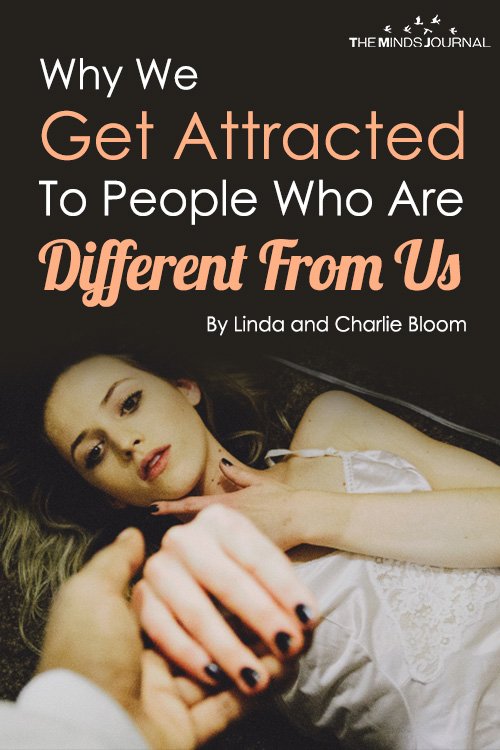
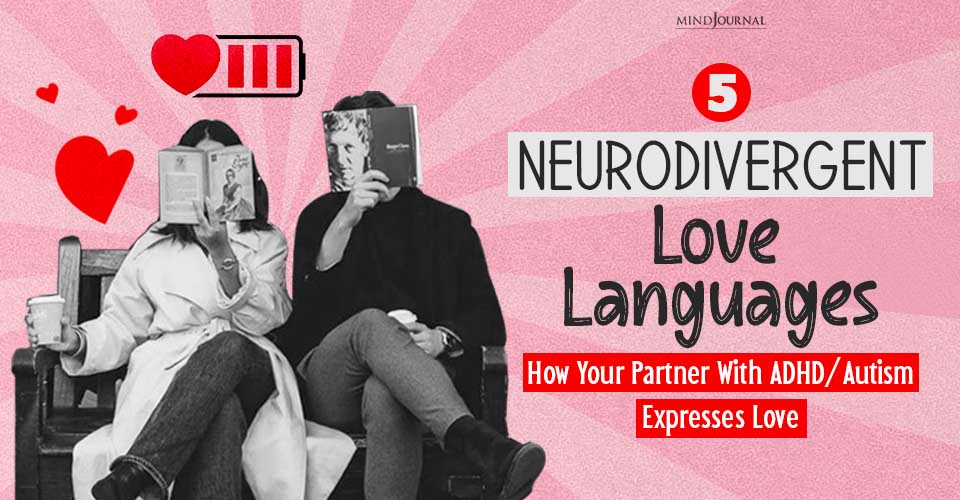



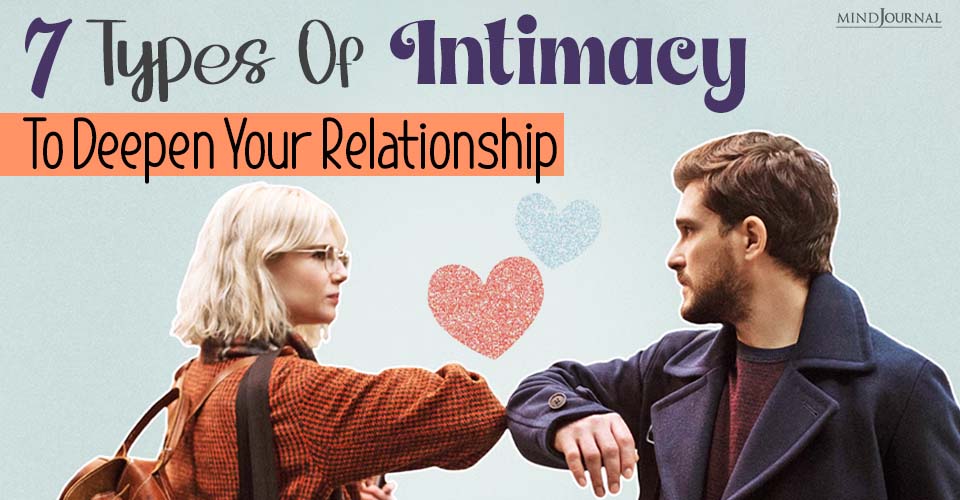
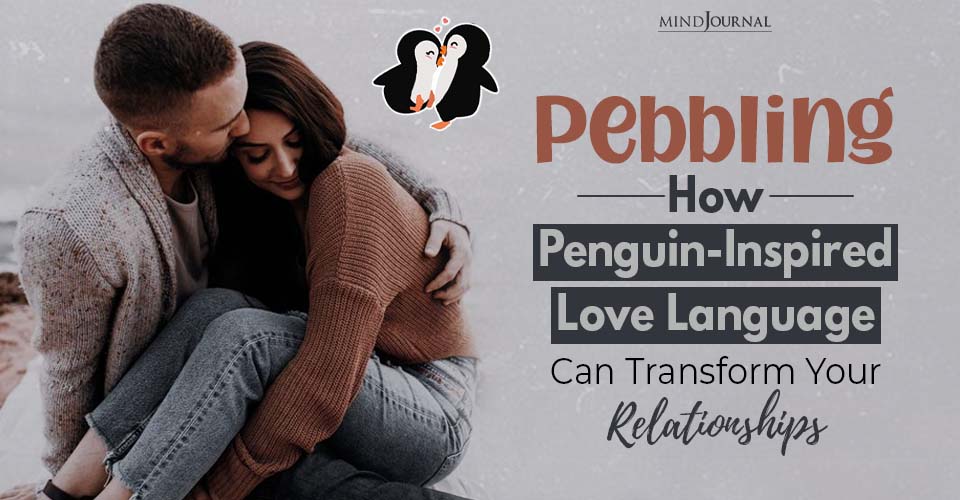
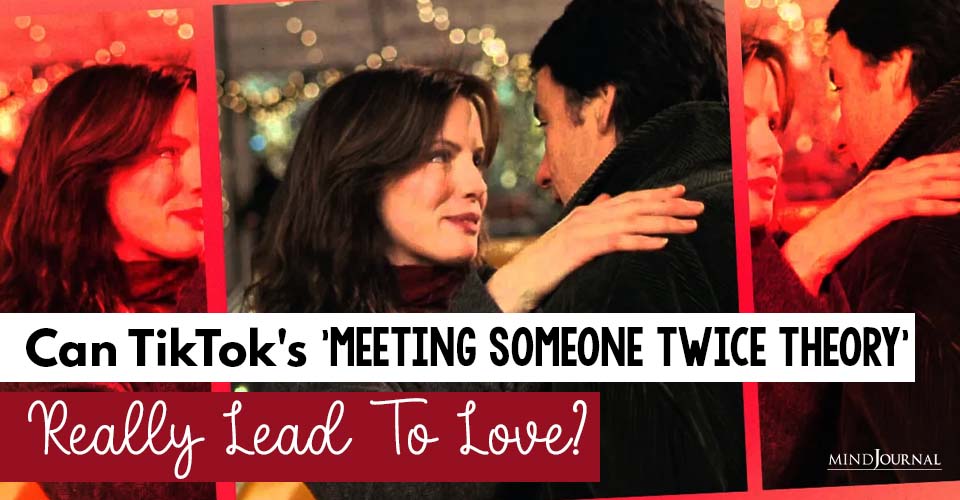
Leave a Reply